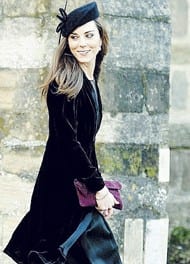ONCE again The Lady Bartie and I were privileged guests at the annual Easter Parade bun fight, this year in the delightful city of Granada.
We were joined by serried ranks of city dignitaries and the leaders of the region’s corporate, industrial and financial sectors and we were all treated to a double helping when the collected congregations of not one but two churches filed past us.
I am always impressed by the Easter processions not least by the fact that they are pantomime at its most splendid.
The sheer number of participants is extraordinary in itself – the parade took nearly an hour to pass – but even this was overshadowed by the sumptuousness of their robes and various accessories.
Apart from ornately embellished breast plates on the masked supplicants, every second one of them carried a silver staff or a banner that was made from heavy silk richly embroidered with gold and silver thread.
Many wore large medallions that also appeared to be made of silver though, I confess, I couldn’t get my hands on one to examine it closely.
Two massive catafalques were employed at the event, both illuminated by hundreds of candles, one with a tableau of Jesus, the other of his mother.
Both had substantial silver ornamentation, columns and candlesticks, some part inlaid with eye-watering amounts of gold.
The robes on the statue of Mary were woven from exquisitely embroidered silk that stretched for metres along the catafalque.
Wherever I looked I was dazzled by the magnificence of the costumes and the opulence of the setting.
Nevertheless, it was sobering to reflect on the enormous and obvious wealth of the Roman Catholic Church in its annual public articulation of belief in a man who, by all accounts, owned little more than the clothes on his back.
It was also a trifle ironic to see that the money lenders are back in the temple.




